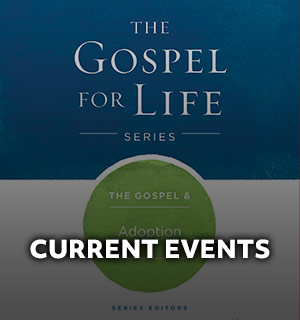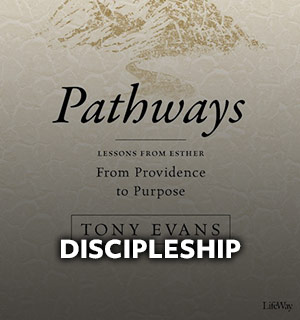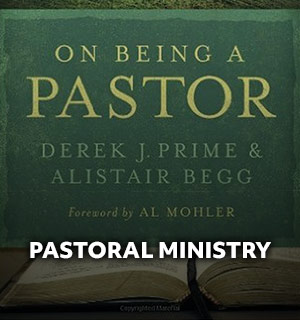
By Sara Beth Fentress
This is the first summer in 20 years I haven’t gone, or helped people to go, on short-term mission projects.
Twenty years means I’ve had multiple decades of evaluating, educating people on, and executing best practices in this arena.
Twenty years means 7,300 days full of opportunities to both make many mistakes and play a small role in God’s big story.
Many leaders in the nonprofit sector debated the effectiveness and efficiency of short-term projects during this time.
Regardless of your convictions and conclusions on the matter of whether “to send or not to send,” the coronavirus pandemic introduced us to new challenges, opportunities, and conversations surrounding short-term missions.
I’m the executive director of a nonprofit organization that endorses sending short-term volunteers with excellence.
As an organization, we’ve used this season and its new rhythms to assess and refine our short-term missions philosophy and strategy.
As you meet with your church staff or missions committee, I pray these reminders and suggestions will serve your efforts as you evaluate the short-term missions philosophy and strategy of your church.
1. Short-term volunteers aren’t essential workers.
At 127 Worldwide, for example, we want to avoid being hailed as the heroes of the story. For too long, the western narrative of evangelical missions has centered on western Christians providing solutions to the world’s problems.
We’ve reduced complex issues to quick fixes and downplayed the contributions of locals.
We know, though, that God created all people in His image capable of contributing to human flourishing and that He’s always at work restoring hope through the gospel.
Therefore, American intervention cannot be the crux of His solution to the world’s brokenness.
Exposure to the work of indigenous partners creates educated advocates who can pray for, speak about, and engage with missions work and the local leaders we partner with in more meaningful ways.
2. Partnership is key.
Mutually edifying relationships with effective local ministry leaders are critical. Currently we at 127 have partnerships in Kenya, Uganda, and Guatemala—relationships that began long before the pandemic.
Blood, sweat, and tears must be shed to build trust and communication that flow both ways. This kind of union doesn’t happen overnight. Take some time to evaluate your church’s partnerships.
You may find it to be beneficial to partner with parachurch organizations who are working with trusted and effective national leaders serving their communities long term.
As you’re making decisions about future partnerships, consider choosing at least one indigenous partner. Local leaders know the language, cultural norms, and most pressing needs of their community.
Cross-cultural partnerships are effective for engaging in mutually edifying relationships with other believers. Also, consider how you can improve trust and communication with partners you’ve already committed to stand beside.
Do your church members know personal details of your partners and their families? Can you improve on sending packages, prayers, or words of encouragement? Do they feel like a vital part of your church family?
Short-term missions’ success depends on having credible, long-term ministry happening the other 51 weeks out of the year.
3. Plans and resources must be evaluated.
Once the partner relationships are secured, it’s important to evaluate (or create in some cases) your strategic plan.
International short-term projects will hopefully be a part of this plan, but they shouldn’t be the whole plan.
Our team quickly realized that our ability to send international teams was going to be interrupted for a considerable amount of time due to the pandemic.
One result of our strategic planning was that we didn’t have to create an entirely new strategy when we ran into a bump in the road. We redirected our time and energy toward what was available for us to do.
What’s available to you? Should you focus on local ministry needs during this time? Are you working to strengthen partnerships? Are there places you’ve been investing finances, but you have limited “skin in the game” otherwise?
Can you improve on communication or feedback? What do current restraints free you up to do that you wouldn’t have had time to do previously?
4. Education and discipleship must be prioritized.
Are there holes in your current plan to disciple people? Have you wanted to switch some things up in the past, but been too busy doing the work to educate and disciple with excellence?
Educating and discipling your people is the work.
Equipping your advocates with a foundation of gospel intentionality, the skills for healthy engagement, and a strong commitment to preserving human dignity creates transformed givers and people ready to care for the vulnerable with excellence.
Could your church use the remaining shelter-in-place time to clarify your message and train people on it?
When the skies are open, countries are welcoming Americans, and mandatory quarantines are a thing of the past, you’ll be glad you took the time to invest in relationships and plans to make short-term projects a successful piece of your church’s story in God’s big story.
Sara Beth Fentress
Sara Beth is the founder and executive director of 127 Worldwide, a non-profit that helps Christians tangibly live out James 1:27.











